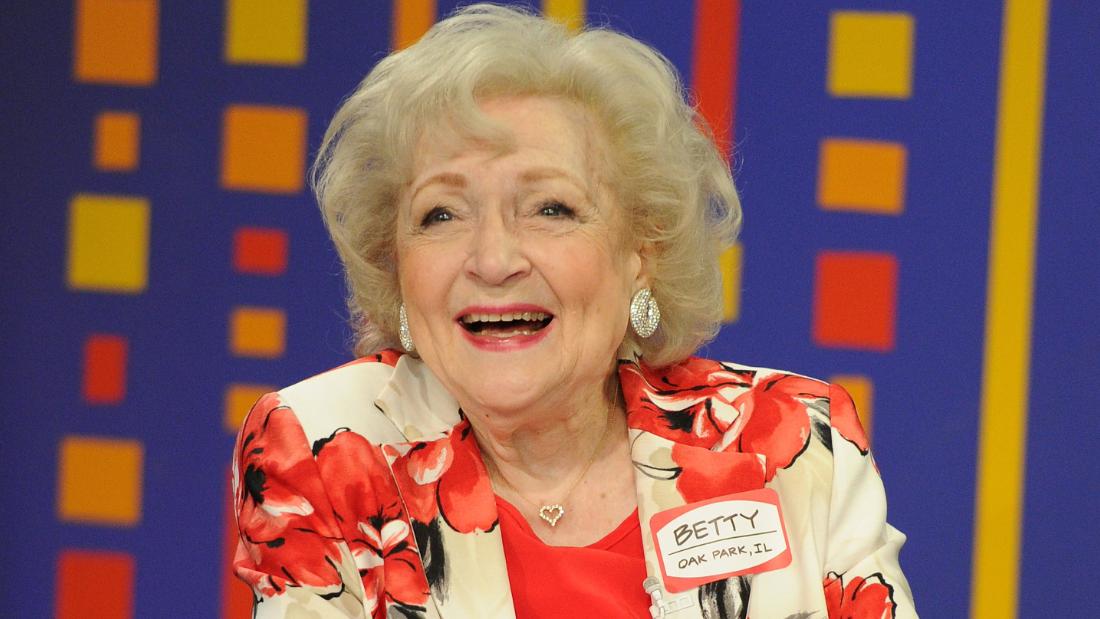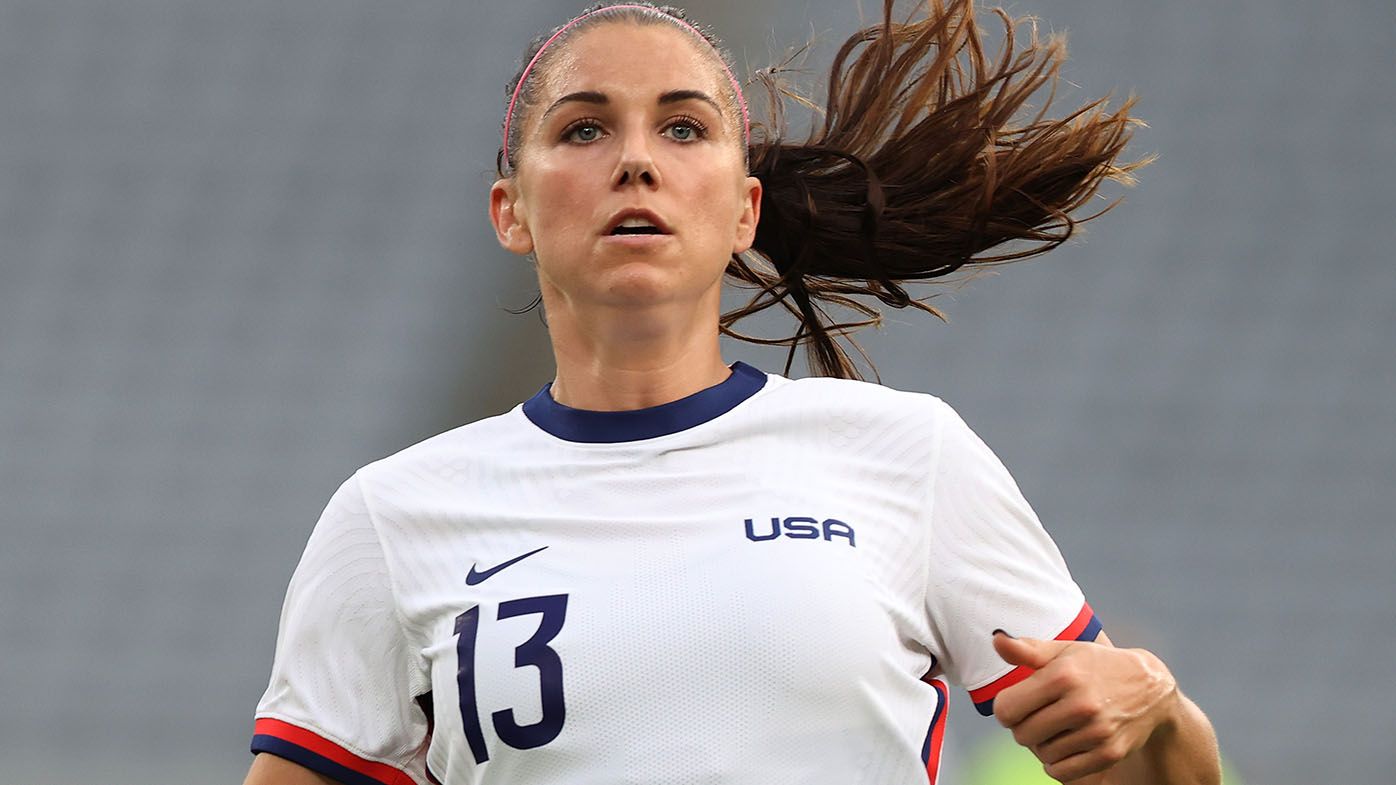(CNN)Franceli Chapman knows what Washington Heights looks like.
The uptown Manhattan neighborhood where Lin-Manuel Miranda's musical "In the Heights" takes place is where Chapman, an Afro-Latina actress with roots in the Dominican Republic, played on street corners as a child and where she hung out on rooftops as a teenager.
Chapman cried when she saw "In The Heights" on Broadway in college, the first time she had ever felt her neighborhood and her people reflected on stage. She cried when she saw the recent film adaptation in theaters.
But as much as she loved the movie, Chapman couldn't help feeling like "the ball was dropped" in casting its leads.
"Washington Heights is a real place with real people," she said. "When you walk through that neighborhood, what it looks like is not being reflected on the screen."
Chapman's criticism -- that "In The Heights" lacks dark-skinned, Afro-Latinx characters in major roles -- echoes a point many in the Latin American diaspora have been making since the trailer came out in 2019.
Now that "In The Heights" has hit the big (and small) screen, the film is reigniting important conversations around colorism, anti-Blackness and representation in the Latinx community.
And for Chapman and other Afro-Latinx people in the entertainment industry, it's complicated.
'In The Heights' is groundbreaking
Even those with critiques of the film acknowledge just how significant "In The Heights" is for Latinx representation.
The characters are young, old, undocumented, first-generation college students, Dominican, Puerto Rican, Cuban. They eat ropa vieja dotted with olives and flan coated in caramel. They grapple with the push and pull of home, the opportunities denied to those without papers and the pressures that come with making it out of the neighborhood.
Those varied depictions illuminate an often-overlooked truth about Latinx communities: That there is no one Latinx story.
Grasie Mercedes, an Afro-Latina actor and writer of Dominican heritage, says she was so overcome with emotion while watching the film that she cried "multiple times, even the parts where you weren't supposed to."
"I connected to this film on so many levels," she said. "This is the first time I'm seeing people who look like my family on TV. This is the first time I'm seeing the food we eat on a film. This is the first time I'm seeing this on screen, and I've never had that."
Henry Alexander Kelly, an Afro-Latinx actor and writer born to Nicaraguan parents, says it "encapsulated my existence."
"The amount of Latinx representation on screen is incredible," he added.
But it falls short in some ways
For all the ground "In The Heights" breaks around Latinx representation and visibility, some fans feel it missed an opportunity to combat long-standing issues of colorism in the Latinx community and Hollywood at large.
Though several people have noted how significant it is to see Leslie Grace, who identifies as Afro-Latina, play Nina Rosario, "In The Heights" doesn't feature any darker-skinned, Afro-Latinx performers or characters in leading roles.
That decision was hurtful to some, given that darker-skinned actors often struggle to land Latinx parts because they don't fit the stereotypical image.

"It would have been nice to see at least one of the leads be an Afro-Latinx person of dark skin to really represent those people who are always shut out," Mercedes said.
In a recent interview with The Root, director Jon M. Chu remarked that in casting the lead parts, "we were looking for the people who were best for those roles specifically." He also pointed to the numerous darker-skinned Afro-Latinx background dancers -- which, for some, was precisely the problem.
"We've been able to be the dancers, we've been able to be in the hair salons and this and that," Felice León, a journalist for The Root, responded. "But a lead, that's the breakthrough."
Afro-Latinx people are tired of being told to keep supporting projects that relegate them to the sidelines and to keep waiting their turn, Chapman said.
"It makes those of us who are browner feel like the stepchildren," she said. "It's like, 'Don't worry, you'll get a new toy soon. Although our whole lives, we've been getting the hand-me-downs from the real kids.'"
Then, there was the decision to cut a storyline that would have touched on racism and anti-Blackness in Latinx communities.
In the theatrical production of "In The Heights," Nina's father disapproves of her relationship with Benny, who is Black and who her father considers to be an outsider in the neighborhood. That subplot didn't make it to the film adaptation.
Though it's unclear why the storyline was cut, Chapman said she found the omission particularly disappointing.
"Unfortunately, we are afraid sometimes to take those risks," she said.
The film is held to an impossible standard
Like other stories about marginalized groups that have come before it, "In The Heights" falls victim to the near-impossible expectation of encapsulating all of the countries, ethnicities, skin tones and experiences that make up the vast Latinx population.
It's what happens when so few of these stories are told in the first place. White artists, Mercedes and others argue, aren't held to the same standards.
"We are taught that there's only a couple of crumbs left for us, and so now we're fighting against each other to grab those crumbs," she said. "So anything that any person of color does is held to this crazy standard where we have to get everything exactly right and, if we don't, all hell breaks loose."
Because not everyone gets the opportunity to tell stories on such a major platform, though, Chapman feels that creators of color do carry a greater responsibility to their communities -- as unfair as that may seem.
"I really, really feel like we owe it to ourselves and our communities to do the work, especially if we are crying out of wanting our White counterparts to do the work," she added.
Lin-Manuel Miranda, for his part, appears to be listening.
In a note posted to social media this week, the creator of "In The Heights" apologized for what some saw as insufficient representation of dark-skinned Afro-Latinx people and vowed to do better.
"I'm trying to hold space for both the incredible pride in the movie we made and be accountable for our shortcomings," he wrote. "Thanks for your honest feedback. I promise to do better in my future projects, and I'm dedicated to the learning and evolving we all have to do to make sure we are honoring our diverse and vibrant community."
But fans say audiences should still go see it
For all of the valid and important criticisms to be made of the film, though, the Afro-Latinx actors and writers CNN spoke to emphasized that these conversations shouldn't deter people from seeing and supporting "In The Heights."
"We cannot let this stop us from supporting a film like this because then we will not get the films that we want. We will not get the TV shows we want," Mercedes said. "The more we take down the successes we do have, the harder it becomes for us to have any success at all."
Though "In The Heights" isn't perfect, it is a "great film," Chapman said.
"It's told beautifully. It's shot beautifully," she added. "The people in it are talented, and they deserve to be seen and celebrated for their hard work and all that they put in."
Hollywood has a long way to go in representing darker-skinned Afro-Latinx people. But the solution involves continuing to have these difficult and complicated conversations.
Because, as Chapman and others said, it's possible to love something and still want it to be better.
"In the Heights" is distributed by Warner Bros., which like CNN is part of WarnerMedia.












 English (US) ·
English (US) ·